QuestionHi. I have a pug and a chihuahua, both of whom I'm striving to feed prey-model diets. They get a variety of meats, mostly chicken, beef, and pork. They get about 3% of their body weight daily, and are happy, have shiny, soft coats, and good energy levels. However, I am concerned about possible long-term deficiencies. I have a very hard time getting them to eat liver, which is the primary organ meat I feed them. I work at an allopathic veterinary practice, so I can not ask any of the veterinarians there for advice with raw-feeding, as they all think it's wrong.
Can you give me any advice, or good guidelines for their dietary requirements? Any information at all would be much appreciated!
AnswerHi Danielle,
Since I don't work with this model - I use caloric requirements rather than percentage of body weight, for example, and I use the NRC Guidelines to pinpoint precise nutrient requirements and then develop diet/supplement protocols to fulfil these needs - I am probably not the best person to ask. I know the Internet is full of people who feed prey model, some successfully and others I have to say, I really wonder about. I personally do use raw diet but not on a prey model basis, I prefer to stick with the NRC numbers and use conservative levels of fat, protein and fiber. Experience has shown me this is a safer approach longterm; my repsonse to your question would be that I'd recommend calculating your dogs. Actual requirements,and if they don't like liver, you might want to add supplements such as copper that liver helps provide.
If you'd be interested in learning how to calculate your dog's nutrient requirements - it isn't difficult once you get used to it - my yahoogroup has set up an easy-to-follow (for you math phobics out there!) Tutorial, and we devote a lot of our free time to helping our members use a spreadsheet and calculator to work out presicely what their dog requires. Of course, that's half the battle; after this step we need to work with a tool like www.nutritiondata.com to work out which foods in which quantities will provide these nutrients in a way that's optimal for the canine(and your individual dog). I'd suggest you join and start asking questions! Myself and my moderating team are always happy to help.
http://groups.yahoo.com/group/ThePossibleCanine-Nutrition
I hope this answer doesn't sound evasive, this is a great question but a huge topic. I feel strongly that using the NRC numbers to check what your dogs need - and then using software to ascertain how to provide everything, even if it means a few supplements - is important insurance for preventing longterm excess and deficiency. This is a different philosophy from prey model, but I'd invite you to check it out. You may even be able to impress your vet friends that you're using real science to figure out the diets. I can assure you I've had to work hard myself, as a pro, to persuade many vets of the value of home made diet... and the good news is - it can be done. :)
Hope this helps a bit and if you prefer not to join a discussion group, please feel free to ask me anything specific. I can't really comment on the lack of organ meat because I don't have precise dietary content - but, you need in any home made diet to supplement whatever is low, and Vitamin A, D, zinc and copper may well be low if no organ meat is fed.
Hope this helps a little, and kudos to you for investigating the science as well as the cutting edge approach. I feel both have value and need to complement one another.
Catherine

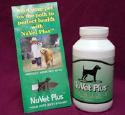 12-13 yr Pekinese Diet Requirements ; Innova ; Wellness dog food ; NuVET Powder vitamins ;
12-13 yr Pekinese Diet Requirements ; Innova ; Wellness dog food ; NuVET Powder vitamins ;
 weight gains
weight gains
 Dog Food for English mastiff; mastiff supplements and oils;
Dog Food for English mastiff; mastiff supplements and oils;
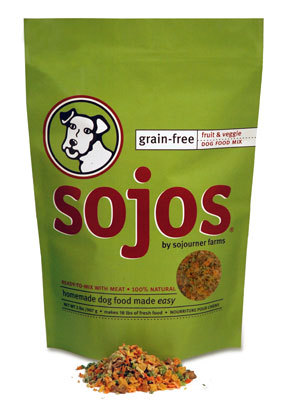 Looking for dog food for urinary crystals/no oats
Looking for dog food for urinary crystals/no oats
 Shih-tzu with UTI; struvites; crystals in urine; SoJo natural dog food diet;
Shih-tzu with UTI; struvites; crystals in urine; SoJo natural dog food diet;
 allergies & food
allergies & food
 puppy crying wolf
Question
RILEY
Hi marie, Its linda<Rileys mom the li
puppy crying wolf
Question
RILEY
Hi marie, Its linda<Rileys mom the li
 Hills RX dog reviews; Phos should be below .60 ;
QuestionQUESTION: My 9 year, spayed female min pin has
Hills RX dog reviews; Phos should be below .60 ;
QuestionQUESTION: My 9 year, spayed female min pin has
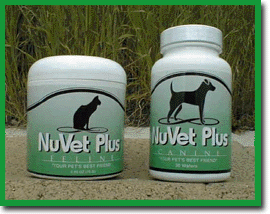 Salmon oil vitamin supplements
QuestionQUESTION: I have 3 dogs...50lb mutt, 80lb gsd a
Salmon oil vitamin supplements
QuestionQUESTION: I have 3 dogs...50lb mutt, 80lb gsd a
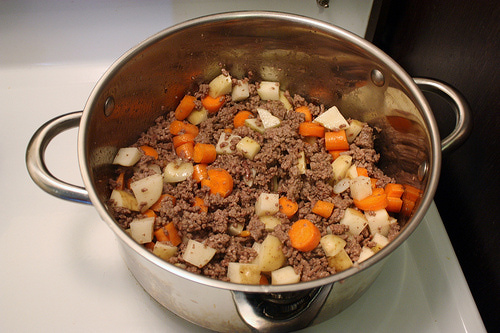 Free dog food recipes; home cooking for your pooch ; homemade stew for dogs;
QuestionHello,
I recently received some free samples o
Free dog food recipes; home cooking for your pooch ; homemade stew for dogs;
QuestionHello,
I recently received some free samples o
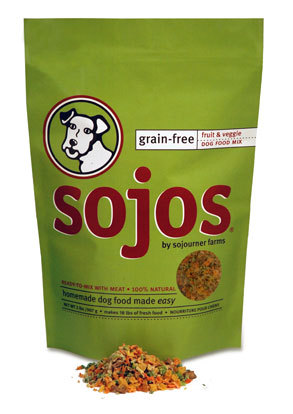 Toy poodle urinary crystals diet;
QuestionQUESTION: Our toy poodle is 11 years old, and h
Toy poodle urinary crystals diet;
QuestionQUESTION: Our toy poodle is 11 years old, and h